For pet owners, maintaining a fresh-smelling home while accommodating their furry friends' natural instincts can be a constant challenge. Litter boxes, puppy pads, and other designated elimination areas serve a practical purpose, but they often come with an unpleasant side effect: lingering odors. The market is flooded with products promising to neutralize these smells, but not all deliver on their claims. This in-depth evaluation explores the effectiveness of various odor-eliminating solutions designed specifically for pet waste areas.
The Science Behind Pet Odors
Understanding why pet waste smells so potent is the first step in tackling the problem. Unlike human waste, which is primarily composed of digested food, pet excrement contains higher concentrations of proteins and sulfur compounds. These elements break down into volatile organic compounds (VOCs) that create that distinctive ammonia-like aroma. Traditional air fresheners merely mask these odors, while effective elimination products target the VOCs at a molecular level.
Enzymatic cleaners have gained popularity for their ability to break down odor-causing molecules rather than covering them up. These products contain specific enzymes that digest the organic matter in urine and feces, essentially removing the food source for odor-producing bacteria. However, not all enzymatic cleaners are created equal. Some formulations work better on fresh accidents, while others specialize in penetrating deep into surfaces to address long-standing stains and smells.
Litter Additives and Their Effectiveness
For cat owners, litter box additives represent a convenient solution for odor control. These products typically come in powder or granule form and are mixed directly into the litter. Activated charcoal varieties absorb odors effectively but require frequent replacement as they become saturated. Baking soda-based options are more economical but may not fully eliminate stronger smells. Some premium blends now incorporate natural zeolites - porous minerals that trap odor molecules through ion exchange.
The placement of these additives within the litter box significantly impacts their performance. Products designed to sit at the bottom of the box often prove less effective than those meant to be mixed throughout the litter. This is because most odor molecules rise upward as the litter is disturbed, so having odor-neutralizing agents distributed evenly provides better coverage. Some innovative products now feature color-changing technology to indicate when the additive has become exhausted and needs refreshing.
Innovative Air Purification Solutions
Standalone air purifiers specifically designed for pet areas have entered the market with promising results. Unlike standard HEPA filters that only capture particles, these specialized units often combine multiple technologies. Photocatalytic oxidation systems use UV light to break down odor molecules, while some models incorporate titanium dioxide filters that chemically alter the structure of smelly compounds. These systems work continuously rather than requiring application after each use of the elimination area.
One surprising finding from testing these devices was their varying effectiveness based on room size and airflow. Units rated for large spaces often struggled when placed too close to the odor source, as the concentrated vapors could overwhelm the filtration system. Conversely, smaller purifiers placed at optimal distances - typically 3-5 feet from the litter box - demonstrated better performance despite their lower capacity ratings. This highlights the importance of proper placement for any air purification solution.
The Rise of Smart Odor Detection Systems
Technology has begun revolutionizing odor control with smart systems that detect and respond to smells automatically. These devices use electronic nose sensors to identify specific chemical signatures associated with pet waste. When odors reach a certain threshold, the system triggers a response - whether activating a built-in air purifier, releasing odor-neutralizing sprays, or sending alerts to the owner's smartphone. Early adopters praise these systems for preventing odor buildup before it becomes noticeable to human noses.
However, these high-tech solutions come with limitations. The sensors require regular calibration to maintain accuracy, and some models struggle to distinguish between pet odors and other household smells like cooking aromas. Additionally, the mechanical components (spray nozzles, fan motors) need periodic maintenance to prevent clogging or wear. While promising, these systems currently serve best as supplements to traditional odor control methods rather than complete replacements.
Natural Alternatives and DIY Solutions
Many pet owners prefer natural solutions, either for environmental concerns or to avoid exposing their pets to harsh chemicals. Essential oil diffusers near litter boxes have gained popularity, though veterinarians caution that some oils can be toxic to cats. Safer botanical alternatives include activated bamboo charcoal bags and zeolite rocks, which absorb odors without emitting potentially harmful substances. White vinegar solutions, while initially pungent themselves, effectively neutralize alkaline urine odors once dried.
DIY enthusiasts have developed various recipes for homemade odor eliminators. A common formula combines hydrogen peroxide, baking soda, and a small amount of dish soap to create a solution that both cleans and deodorizes. These mixtures can work well for occasional accidents but often lack the staying power of commercial enzymatic treatments. For persistent odor problems, most natural solutions require more frequent reapplication than their chemical counterparts.
Professional-Grade Products Worth Considering
Some odor elimination products originally developed for veterinary clinics and kennels have become available to consumers. These industrial-strength formulas typically contain higher concentrations of active ingredients than retail products. While more expensive, they often prove more cost-effective in the long run due to requiring smaller quantities per use. Many professional products also feature application methods like foaming sprays or concentrated gels that adhere to surfaces for prolonged action.
An unexpected discovery during testing was that some professional products designed for hard surfaces (like concrete kennel floors) worked remarkably well on home materials when properly diluted. Their formulation for porous surfaces allowed them to penetrate deeper into carpet fibers or wood than standard household products. However, these potent formulas usually require more careful handling and precise dilution to avoid damaging delicate materials or overwhelming small spaces with strong fragrances.
Long-Term Maintenance Strategies
Beyond specific products, establishing proper cleaning routines significantly impacts odor control. The frequency of complete litter changes (versus just scooping) makes a noticeable difference, as does the depth of litter in the box. For puppy pads, using holders with ventilation reduces ammonia buildup between changes. Regardless of which products are used, consistent mechanical cleaning remains essential - no odor eliminator can compensate for infrequent waste removal.
Environmental factors like humidity and temperature dramatically affect odor persistence. In humid climates, moisture traps smell molecules, making them more noticeable. Using dehumidifiers near elimination areas or selecting moisture-wicking litter can help mitigate this effect. Similarly, warmer temperatures accelerate the bacterial activity that causes odors, so keeping the area cool (without making it uncomfortable for pets) slows this process.
The quest for effective odor elimination continues to evolve as manufacturers develop new technologies and pet owners become more discerning. What works perfectly for one household might fail in another due to differences in pets' diets, home layouts, or sensitivity to smells. The most successful approach often involves combining multiple solutions - perhaps an enzymatic cleaner for accidents, a litter additive for daily maintenance, and an air purifier for overall air quality. With patience and experimentation, every pet owner can find the right balance to keep their home fresh without compromising their pet's comfort.
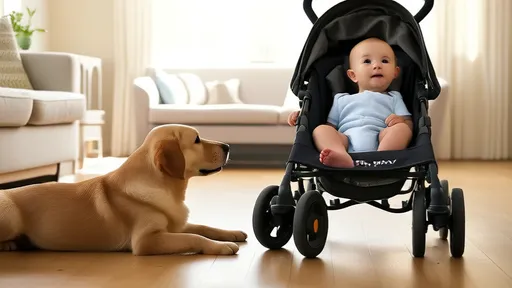
By /Jul 24, 2025
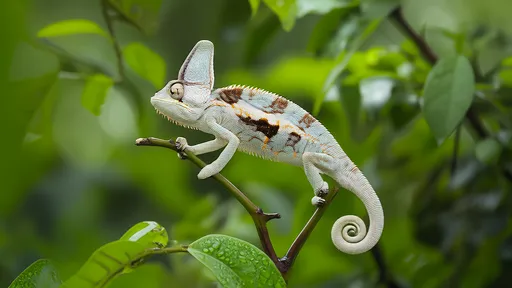
By /Jul 24, 2025

By /Jul 24, 2025

By /Jul 24, 2025

By /Jul 24, 2025

By /Jul 24, 2025
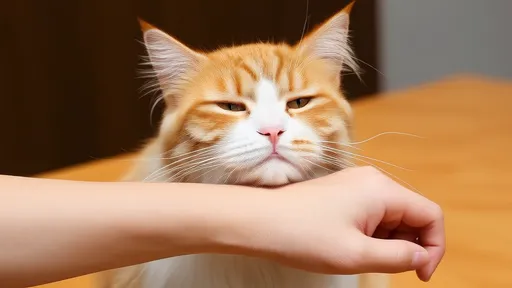
By /Jul 24, 2025

By /Jul 24, 2025

By /Jul 24, 2025
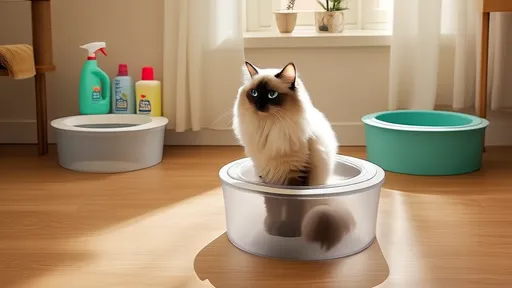
By /Jul 24, 2025

By /Jul 24, 2025
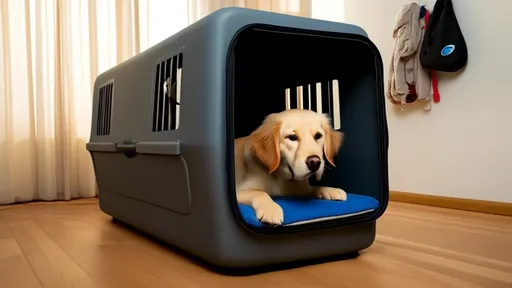
By /Jul 24, 2025
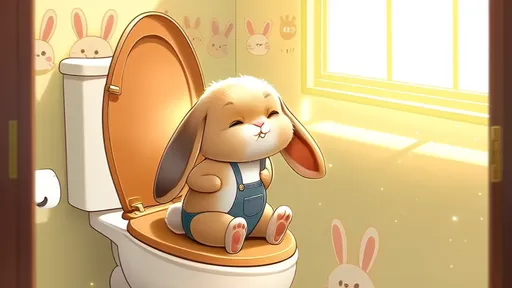
By /Jul 24, 2025
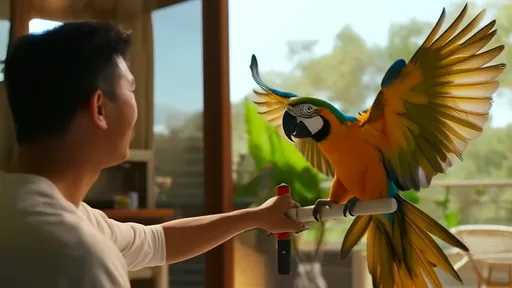
By /Jul 24, 2025

By /Jul 24, 2025

By /Jul 24, 2025

By /Jul 24, 2025
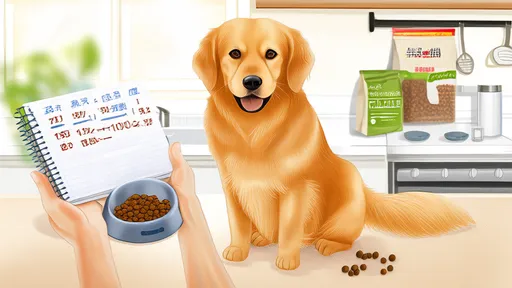
By /Jul 24, 2025